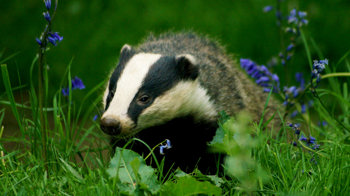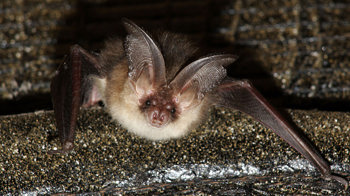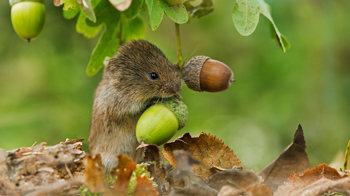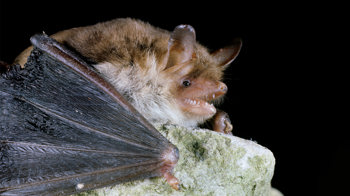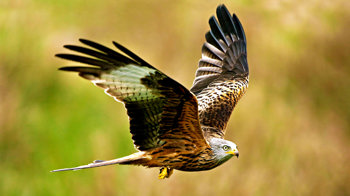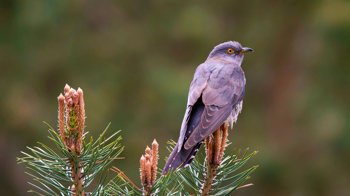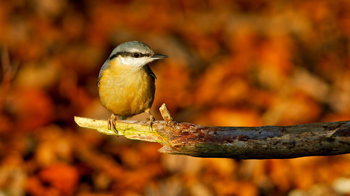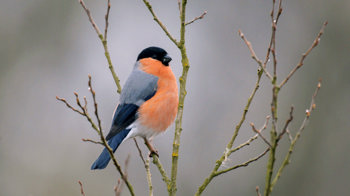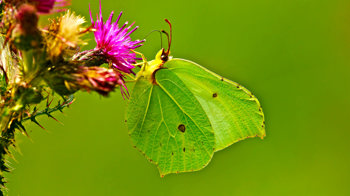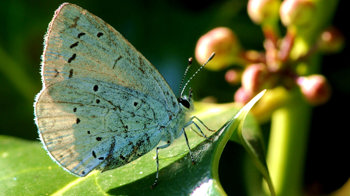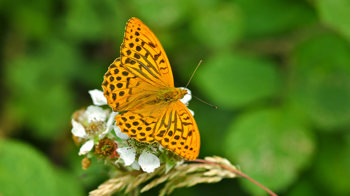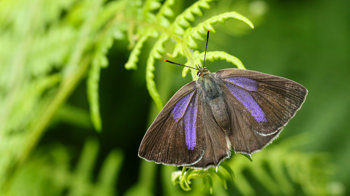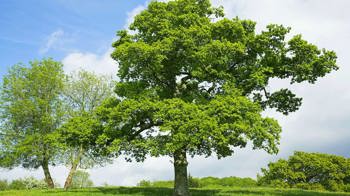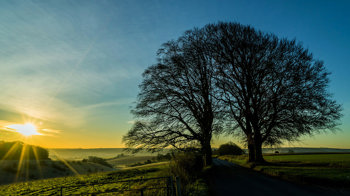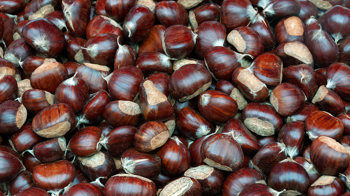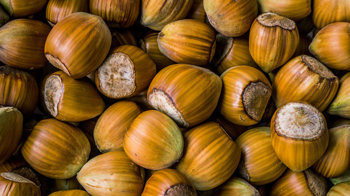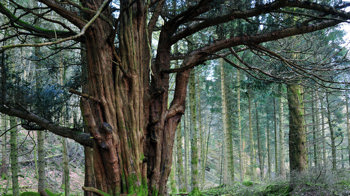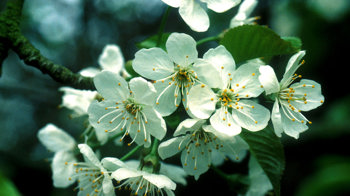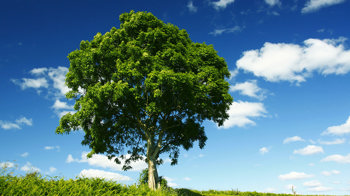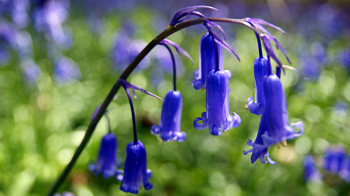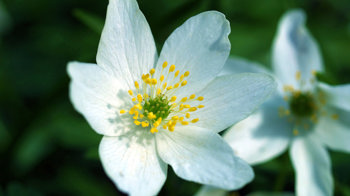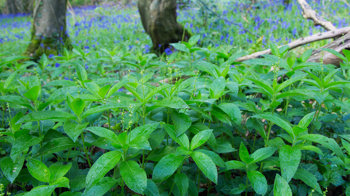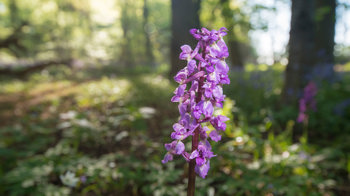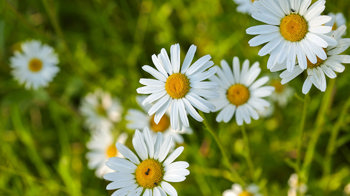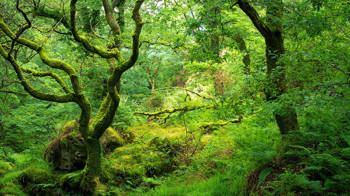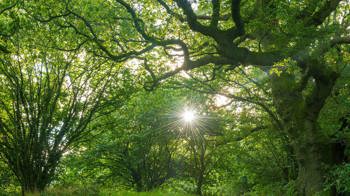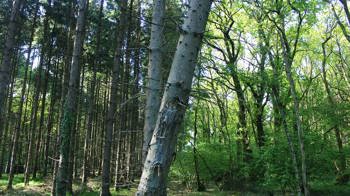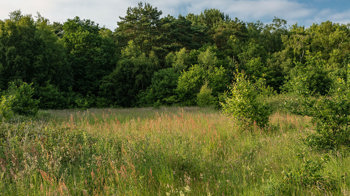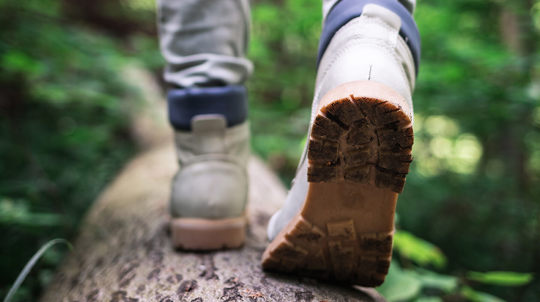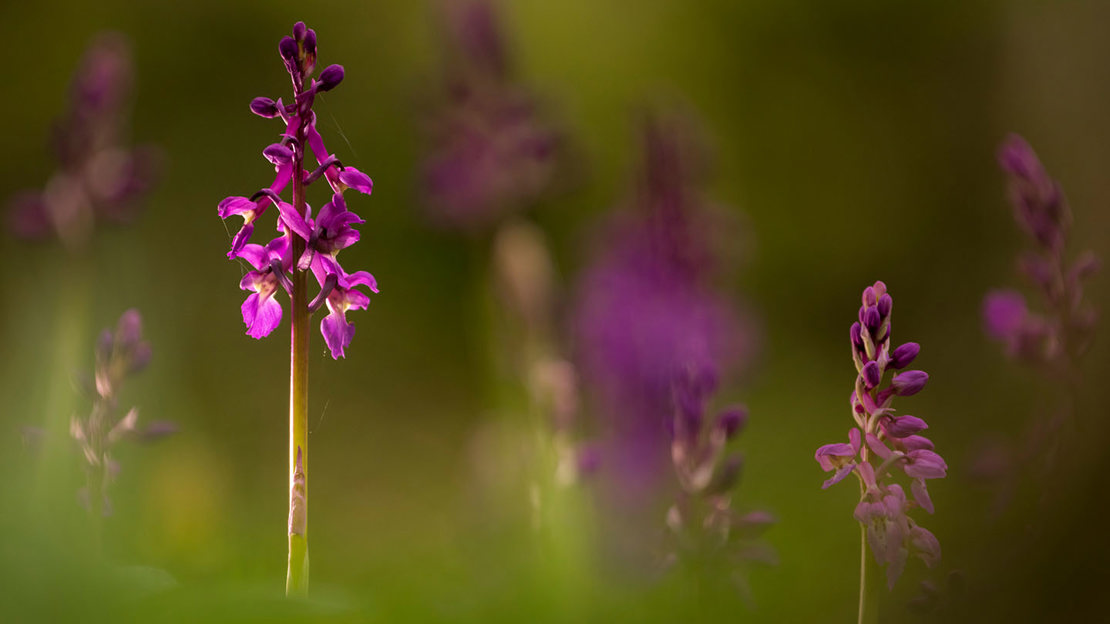Access is via the car park and by public rights of way from Epsom Downs, Tadworth or Walton on the Hill. If walking on Epsom Downs, be aware that racehorse training is carried out there every morning until midday.
Langley Vale Wood has two bridle paths running through the site and one small stretch of public footpath. Cyclists and horse riders must stick to the bridle paths. The site is bordered by public bridle paths to the north, east and west with a wide network of paths to the north on Epsom Downs.
Site entrances to the north of Langley Vale Wood are accessed via public bridleways BW127, BW33 and BW138 from the Epsom and Walton Downs.
Site entrances to the south are accessed via Hurst Road and BW127, and entry points to the west are via BW33 and Ebbisham Lane, Walton on The Hill. Paths within the site are mainly farm tracks.
The majority of the site operates a dogs on leads policy. Please visit responsibly by keeping your dog on a lead where required and disposing of dog mess in the bin provided.











